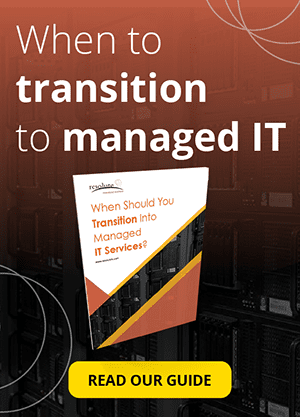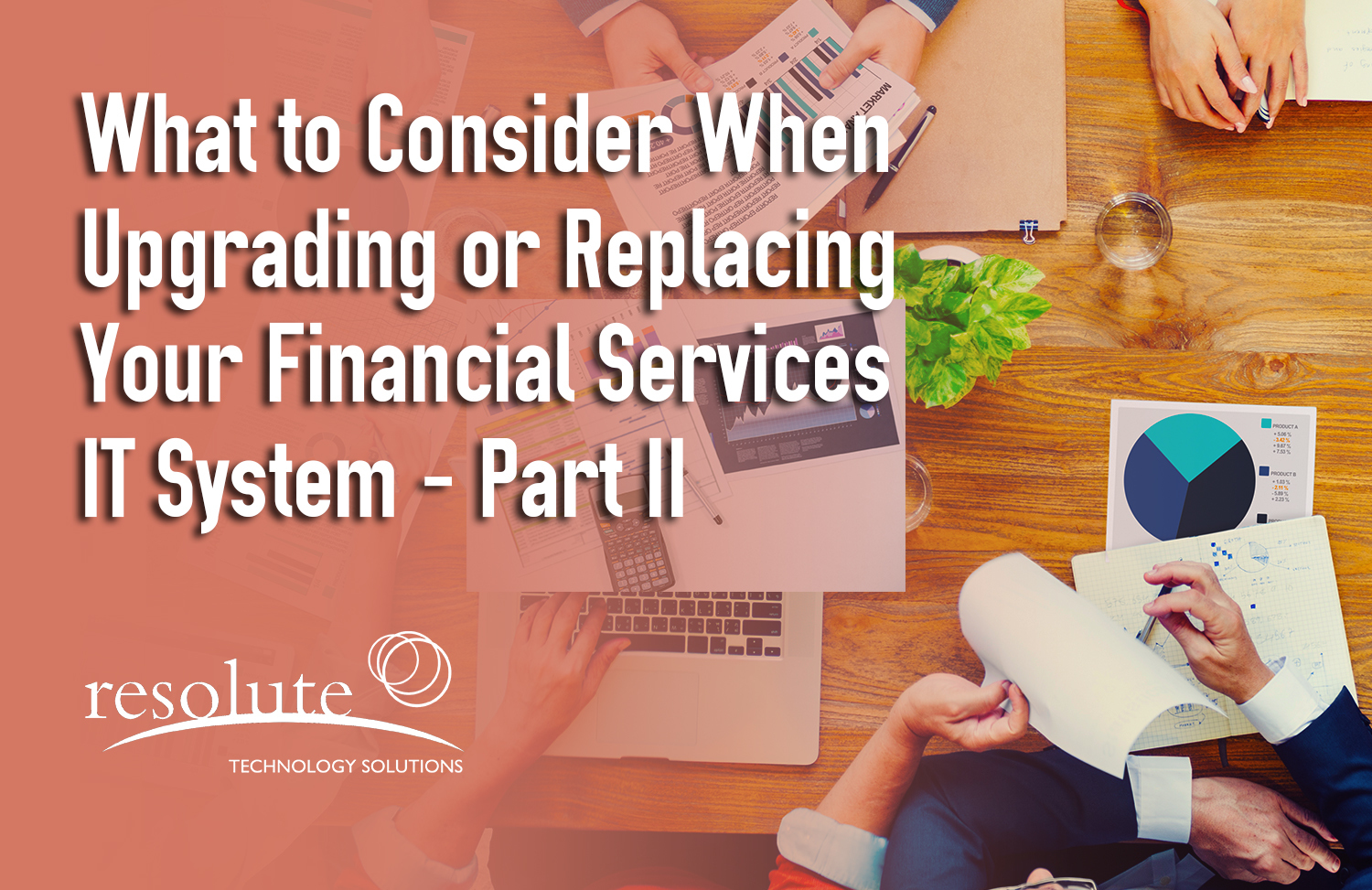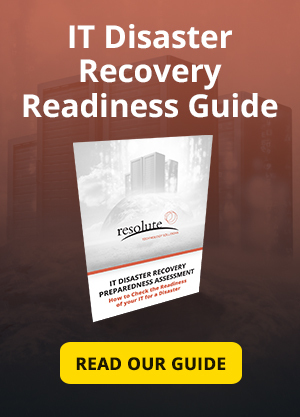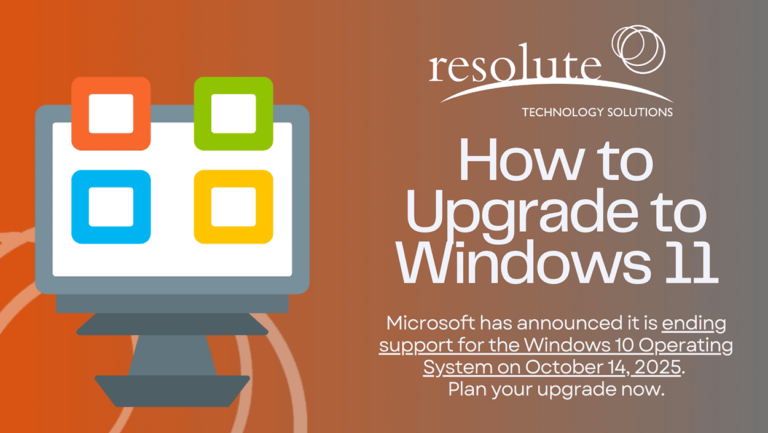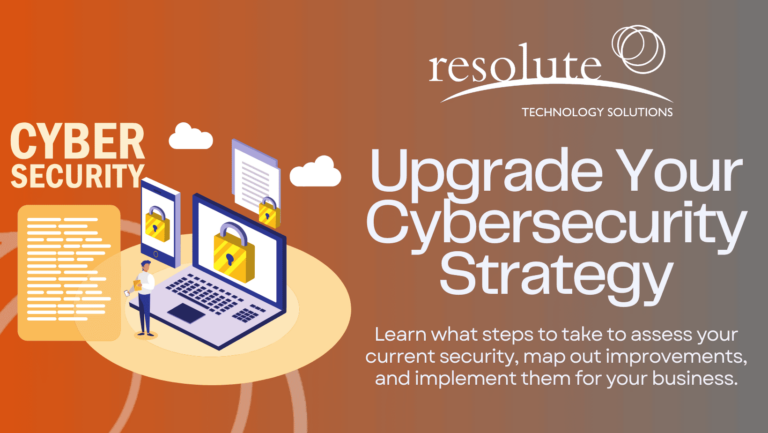In the last session, we had discussed how you can upgrade a legacy platform and what some of the benefits are for your business modernizing segments of your legacy system as opposed to doing a full blown replacement and re-platforming project. Today we touch on when it becomes absolutely necessary to replace your legacy and what to consider when doing so.
The Process of Replacing Your Legacy IT System
So on our final piece covering legacy systems, I do want to take an opportunity to take an introductory look at the processes of replacing a legacy platform.
Now as we’ve discussed in the past, completely replacing a legacy system is a massive endeavor, but we believe that there is still some opportunity to discuss this.
I’ll at least lay some discussion down for people to think about when replacing legacy systems.
We have talked about this briefly in the past, but just for the sake of this topic here – in your experience, when do you believe that it is absolutely necessary to replace a legacy system and how could you determine this? How could you make the call that now is the time to undergo one of these massive endeavors?
Why Replace Your Legacy IT System?
Rod De Vos:
Well if it’s mandatory to replace your system because let’s say it’s technically mandatory due to either the unique hardware the system runs on has become obsolete or the operating system, the development language, or the database that runs underneath your system is no longer supported.
Vendors No Longer Support Your Systems
This means the vendor who originally wrote those items will no longer provide security patches and upgrades. There is no support path for it going forward, in which case you’re given an amount of time to essentially get off it or support it yourself.
Most businesses choose not to accept that risk if they have a choice, in which case that’s when I’d state it’s mandatory that you move off that system.
Your Legacy IT System is Hurting Your Business
The second reason for being mandatory is that it just hurts your business to the point where you’re losing business or you’re having business outages.
You can’t keep up with the regulatory environment because you can’t make the changes that you need to make, or essentially you just can’t keep the support staff that are able to maintain and keep the application properly maintained and healthy, in which case you’re forced to do the upgrades or to replace.
Interviewer:
Now Colton, I know from some previous discussions that we’ve had that there is at least some research or discussion out in the marketplace around this. Do you have any commentary about research around the replacement of legacy systems?
Colton De Vos:
Yeah, it’s actually been stated in one of the Gartner reports that by 2030, 80% of heritage financial firms will go out of business to some degree if they are still reliant on legacy systems. So, financial services, CIOs, should be pushing their organization for a platform replacement if they’re at that stage.
Starting on Your Financial Services IT Replacement Roadmap
Interviewer:
So given that we have at least some framework for determining whether it’s absolutely necessary to replace a legacy system, how do you go about replacing a legacy system?
It’s a massive endeavor. Where do you start? How can you do it in-house? Is it just best outsourced, considering the scope, scale and the nature of your business as a financial IT services provider and not an IT specialist?
Build a Skilled Implementation Team
Rod De Vos:
Yeah, so we’ve been through this with some of our customers. Typically what happens is they keep some subject matter experts from IT and the business to form a team to essentially define what they want in their next platform for replacements and then search the market for finding that platform. Whether it’s package, third-party, software-as-a-service, etc.
Once they’ve canvased the market, they’ll build a project for package selection and they’ll build a project to implement (configure or customize) that particular package or that particular platform (suite or group of apps/modules).
You always need essentially the skills that are required to do a project like that, namely:
- Project management
- Business analysis skills
- Architect for doing the overall solution design, design of the integrations, the reporting, external portals, and the third-parties
- Developers for any kind of configuration and customization and writing reports and queries
- Business people that are subject matter experts in terms of business rules, products, workflow, process, etc
- A quality assurance team made up of IT and business members for testing
- A data conversion team for getting the data out of the legacy and into the new platform.
Essentially that’s how you pull together a team for that. Often, not all those skills are available entirely in-house, in which case you augment your project team with experts from a third-party. Whether it’s from the vendor that produces the platform or from consulting firms that have that level of expertise for doing projects like this, such as platform replacements.
Why Take the Risk and Expense of Hiring when Resolute Offers a Complete Financial IT Team with Over 25 Years of Experience?
Risks in Replacing Your Legacy IT System
Interviewer:
And once you have these building blocks in place, you can then start taking the first steps of actually replacing the legacy system itself.
Now of course, that was just a high level introduction to at least allow someone, whether it’s a CEO or business planner to get the flavor of what is standing in front of them as they begin to go down the path of digital transformation.
For those already in the path or perhaps in the planning process, what mistakes can you make when upgrading a legacy platform? What should be on the radar as business leaders go down this endeavor?
Rod De Vos:
Well I’d say the biggest one that I’ve seen is try to go “big bang” and fail.
So lets say I’m a Wealth Management Company and I’m going to replace my legacy platform.
Sometimes it just takes so long. It’s so complicated that they don’t get there. In the Wealth Management case, business functions and application segments are typically broken down in front, mid ,and back office. If we take the approach of replacing one of these segments at a time, there is a bigger chance of success and offer value sooner than waiting for the whole project to be complete i.e. multiple years in many cases.
Same could be said for insurance with Policy, Admin, Billing, and Claims being done in separate segments (projects).
In other words, bite it off in achievable sections rather than big bang.
Interviewer:
So that’s certainly on the approach to actually replacing the platform itself. Are there any other mistakes that you’ve seen? Perhaps not on a technical side, but from the management or from the implementation side of things for items to keep on the radar as you go down the path of replacing a legacy system?
Rod De Vos:
Yeah if the business doesn’t include enough people with first-hand knowledge of the business and processes. I think the legacy skill-sets on the team are required from the subject matter expertise perspective and a conversion perspective.
You need to know what the business rules are and have that on-hand knowledge but partnered with people who understand how the new application is supposed to work so that everything is configured correctly.
So those people typically have to think a bit out of the box in terms of, “how do we do our business differently with the modern day package? What opportunities does it actually bring us that we didn’t have before? And with a slight tweak to our business processes, can we use it out of the box without having customization of the new platform?”
The second thing is ensuring that this is not a technology replacement project, but rather a new approach for processing their business. Meaning, the business team of specialists must be equally invested in the project.
How Much Will it Cost to Replace a Legacy IT System?
Interviewer:
I appreciate your insights there. We have talked about costs in the past, noting that replacing a legacy system is a massive endeavor that involves several different departments, perhaps up to hundreds of different people depending on the organization and what it is you’re working on.
In your experience, what do the costs look like for replacing a full legacy system?
You certainly have some experience working on these kinds of projects in the past. Are there some ranges that business leaders could expect?
Rod De Vos:
I think in small business you’d expect maybe under $100,000 and large businesses with complex legacy, over $50,000,000. It can be that broad.
Interviewer:
That’s absolutely incredible. With any size of platform replacements, what is, in your opinion, the best way that business leaders could shield themselves or protect themselves from unexpected costs that could rear their head and derail and entire project?
Rod De Vos:
I’d manage scope, so make sure you’re trying to stay as close as you can to what came out of the box when you selected the package that you decided to go with. Try to achieve using the package without highly customizing it.
Make sure that you’re in tune with budget and vendor costs and you don’t allow a ton of scope creep to happen, to stay within the cost estimates that you budgeted for your project.
Ensure your estimates are as solid as they can be and revisit them on a regular basis so that you stay within cost of the budget. Manage your risk.
Interviewer:
That’s incredible. Rod and Colton I appreciate your time today as we explored the area of legacy platforms within the wealth management, insurance, and finance industries.
Certainly there is a lot of discussion around upgrading legacy platforms and replacing legacy platforms, especially as you try to enter in the digital transformation within the financial services industry.
Anyone going down this path should consider everything that you’ve talked about across the last three segments together (part-one and part-two).
If nothing else, they can also reach out to Resolute TS where you have all the on hand expertise and plenty of background experience working with the wealth management and finance industry on many projects both across replacement and upgrade of legacy platforms.
Colton De Vos:
Yeah, it was great to talk to you today.
Rod De Vos:
Yep, thanks for your time. Thank you.
Interviewer:
Take care.
The final part in our technology series for financial services is set to be released soon and goes deep into Cyber Crime and Cybersecurity in the Financial Services industry. Some key topics we cover are:
- Understanding Your Financial Cyber Crime Threats
- The Role of Regulations in Financial IT Security
- The Main Cyber Security Threats to the Financial Sector
- The Top Barriers to Preventing Financial Cyber Crime
- Mitigating Your Financial Cyber Crime Risks
- Building a Best-in-Class Financial Services Cyber Security System
- The Cost of Cyber Security in Financial Services IT
Resolute Technology Solutions provides a comprehensive suite of IT Consulting, Managed IT, and Outsourced IT solutions. Our Financial IT Consultants bring over 25 years of experience helping financial services companies of all sizes with understanding their IT infrastructure and build fully-capable but cost-effective IT upgrade or replacement roadmaps. To learn how we can boost your business’ efficiency while lowering your operating costs, contact us.
[]


